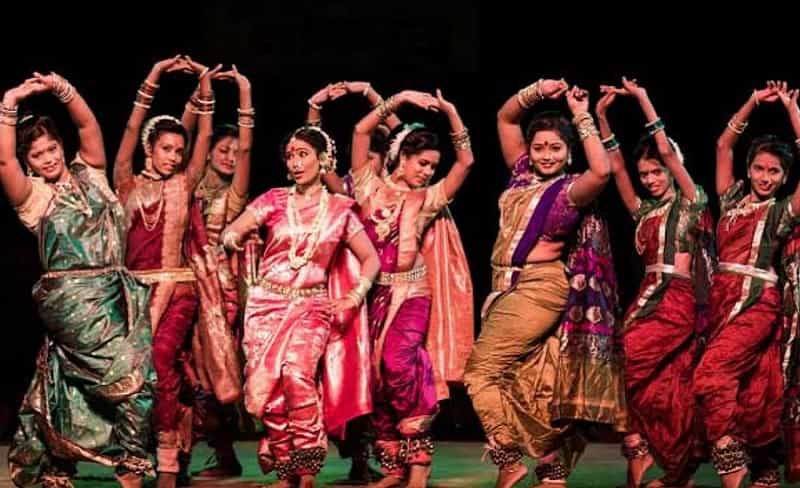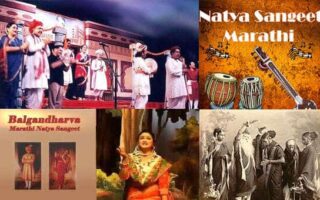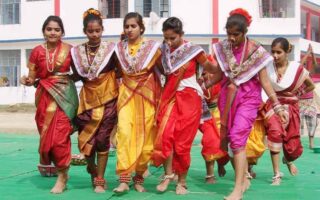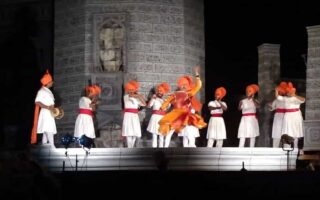Tamasha is a theatrical art that is accompanied by music and dance. It is one of the most popular folk art among masses of Maharashtra. Dating back to 16th centaury, it is played using several musical instruments like Tuntuni, Dholka, Manjeera, Cymbals etc. Some other instruments like Lezim, Kade and Halgi are also on full vogue. Mahar and Kolhati communities celebrate this art with full fervor and enthusiasm. Even today, it is a major source of entertainment among people of Maharashtra.

Tamasha is performed by either traveling or local group of theaters. The name of this art form means “drama and entertainment”. Inspired by scholarly works of Sanskrit drama, this from is characterized by lavani songs that focus mainly on love and romance. The poetry and narration are interspersed and depict popular historical themes of Ramayana and Mahabharata.
The three necessary entities of Tamasha are entertainment, devotion and propagandist tradition. Its two major forms are folk-style and dance-song style. This art form has influences from many other art forms including Kathak, Qawwali, and Bhand poetry. The drama begins with a devotional song and is accompanied by actual story which is punctuated by short dialogues.
There are some other variants of Tamasha that have been popular from ancient times. One form is known by the name of Povadas, lyrical ballads sung in the praise of heroes. Another form is Dashavatara which is famous in theaters and played in several parts of Maharashtra and Goa. Marathi saints popularized another form called Gavalana.
This dance and song performance begins by the entry of a Dholki-player and a vocalist called Halgiwala. The player creates thumping beats and rhythm. On the other hand, the vocalist sings in sharp accent. Both together set the mood of the audience. They are then accompanied by more music players of the instruments like Manjira and Tuntuna. The singer appears at last. The devotional song is usually dedicated to Lord Ganesha.
The actual drama begins at this stage. Various dance forms inspired from the life of Lord Krishna are enacted beautifully. Love songs and romantic ballads are the highlights of Tamasha. Breathtaking performances by the artists are not only captivating but also entertaining for the audience. Apart from usual music and dance performances, several acrobatic plays are also the highlights of the drama. The Costumes of the artists are not fixed. In fact, there are no special dresses assigned.
The music of this art folk has assimilated several Hindustani ragas including Pilu, Bhairavi, and Yaman. The ceremony ends with a devotional song. The theme of good’s victory over evil is emphasized throughout the play. At some places, Lavani is performed entirely by women.


